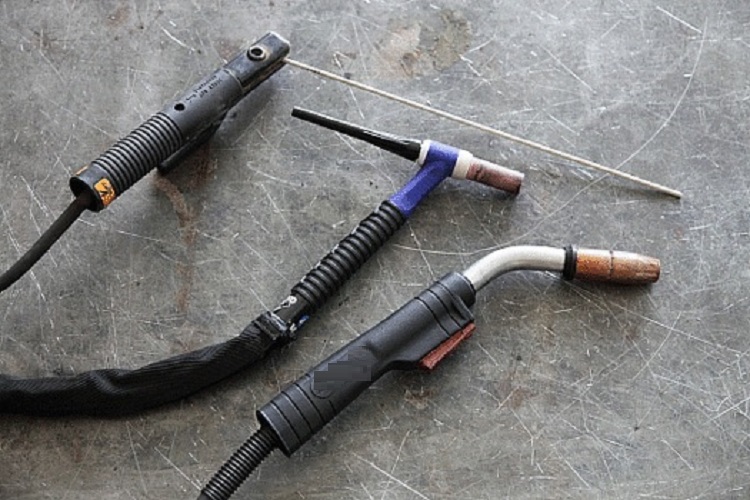The process of combining metal and thermoplastic materials often involves the process of welding. Seamlessly joining these two items requires filler material as well as several different processes that can be used for different types of materials and shapes on a weld. Welding has greatly evolved through the years and with the use of new technology and material sciences it is possible to create stronger welds than ever before, especially if you are using the best welder for beginners. Here are some of the top types of welding processes used today:
Stick welding: this is considered as one of the very first types of welding and it generally is only used in some heavy applications today. Stick welding uses a series of rods or sticks made out of metal materials to actually lay down the well. The welding sticks and rods are made up of flux that’s turned into a molten metal by way of electricity. Stick welding is a very low cost solution that is fairly portable and a very low cost. This is a common type of welding that’s used in construction, automotive, refrigeration and plumbing but it’s widely considered quite archaic for other types of projects.
MIG welding: this type of welding remains one of the most popular types of welding techniques today. MIG is a term that stands for metal inert gas welding. It involves combining two pieces of metal together with a thin wire that is connected to an electrode. The wire passes zero welding stick shielded in an inert gas for a much more constant flow of material. MIG welding is one of the most efficient forms of welding today but it can be quite sensitive to rain, dust and electricity. This speeds and settings can be finely tuned by the operator for improved technique and less mess.
TIG welding: tungsten inert gas techniques utilize an electrode that is in consumable and an inert gas is generally used with this technique. The big advantage in TIG welding comes with a higher purity and high quality weld. In some ways this form of welding is closer to using a soldering iron as an electric current running through the tungsten electrode will create the art that will actually melt the metal wire and build the welding pool. An operator has to feed the metal wire by hand and with some practice they can create a very clean weld. TIG is a common technique for welding together hardened materials like stainless steel and this style of welding is very common in residential, commercial applications and industrial applications.
Electro slag welding: This single pass welding process utilizes nonferrous materials that are mostly designed for welding together extremely thick pieces of metal. This type of welding is generally considered a very high skill position and it’s commonly a type of welding that used in heavy marine applications as well as an aerospace.
Flux Cored arc welding: this style of arc welding is quite similar to MIG welding buddy shielding gases not always needed depending on the filler materials. This is one of the most inexpensive ways to learn welding and it’s known as being one of the fastest techniques for welding that’s quite forgiving for operators that are still learning.
Gas welding: this is a fairly old type of welding technology that involves using a welding torch flame and a mixture of gases. Otherwise known as oxyacetylene welding, the flame temperature of a torch around 3500°C can be designed for melting two pieces of metal together. This can have some applications in the repair industry as well as in the plumbing, pipe and tube industry.
